När ett företag eller en ETF förbereder sig för en listning på en börs eller marknadsplats finns det bolagsledningar som lägger en hel del tid på att välja sin tickerkod. En tickerkod eller ett kortnamn är den kombination av bokstäver eller siffror som aktien eller fonden handlas under. Ofta blir denna tickerkod också ett vanligt smeknamn bland placerarna så rätt kortnamn är guld värt
För många verkar fixeringen på att välja den perfekta tickerkoden som en irrationell besatthet i nivå med Patrick Batemans affinitet för visitkort. Det finns emellertid belägg som stödjer idén om att ”rätt” kortnamn kan vara bidra till en bättre värdering och öka kännedomen.
En akademisk studie med titeln ”Would A Stock By Any Other Ticker Smell As Sweet?” undersökte användningen av ”smarta ticker”. Bland undersökta företag fanns aktier såsom Southwest (LUV), Internet America (GEEK), Lion Country Safari (GRRR), och Explosive Fabricators (BOOM). Denna studie avslöjade att mellan 1984 och 2004, skulle en portfölj sammansatt av aktier med ”smarta kortnamn” ha slagit marknaden med en betydande och statistiskt signifikant marginal. Detta är något som helt motsäger hypotesen om effektiva marknader. Det finns gott om teorier om orsaken till denna överavkastning. Många hävdar att det helt enkelt är en slump och har avskrivit det. Andra har ståndpunkten att en ”häftig” ticker är ett tecken på en mer avslappnad ledningsgrupp, och kanske en mer kreativ och produktiv företagskultur. Faktum är att inte mindre än 51 av 82 granskade företag med ”smarta tickerkoder” kunde se sina aktiekurser outperforma index.
Osannolikt på ETF-marknaden
Ett liknande överavkastningsfenomen skulle vara ytterst osannolikt i världen av ETFer eftersom arbitragemekanismerna generellt förhindra att de börshandlade fonderna från att avvika alltför mycket från deras substansvärde. En minnesvärd ticker kan vara värdefulla på andra sätt, till exempel att öka handelsvolymer och locka kassaflöden. Majoriteten av tickersymboler är plain vanilla stenografi. De är en kombination av de bokstäver som finns i fondens rätta namn. Men vissa går mycket längre. En titt på olika ETF symboler visar att emittenterna tydligt lagt ned en betydande tanke när de valt sina handelssymboler eller kortnamn.
Bygg ett varumärke
Vissa emittenter har gjort en ansträngning för att etablera sitt varumärke genom sina tickerkoder. De flesta iShares ETF: er återfinns under ”I”, medan Vanguards ETFer kan i allmänhet hittas under ”V”. PowerShares produktlinje är full av ETF:er som börjar på P. Fondbolaget har emellertid lyckades ha lite kul när det valde att tickersymbolen för Dynamic Food & Beverage Portfolio (PBJ). PBJ är en vedertagen förkortning för en märklig smörgås med de märkliga påläggen Peanut, Butter och Jelly.
Claymore har ett tema som märks i deras svit av kinesiska ETFer, vilket inkluderar Small Cap ETF (HAO), Real Estate Fund (TAO), och All Cap ETF (YAO). Alla deras börshandlade fonder har samma uppbyggnad.
Fler minnesvärda kortnamn
Andra tickerkoder är helt enkelt tänkt att med fyra bokstäver eller mindre, beskriva fondens tillgångar. AGG och BND är tickers för – surprise, surprise – aggregerade obligationsfonder. Tickerkoderna för PIMCOs 1-3 åriga U.S. Treasury Index Fund (TUZ – som i” TWOS”) och 3-7 år US Treasury Index Fund (FIVZ) gör det lätt att komma ihåg mittpunkten löptider i de underliggande statspapperna. FUD beskriver exakt tillgångarna i E – TRACS UBS Bloomberg CMCI Food ETN.
Den som investerar i iShares Barclays TIPS Bond Fund (TIP) bör inte bli överraskad. Inte heller den som köper iPath Livestock ETN (COW), vars inriktning torde vara uppenbar baserat på kortnamnet.
Den alternativa energiindustrin har helt anammat hur de skall namnge sina ETFer. Här ser vi till exempel hur det går att få en exponering mot den globala vindkraftsmarknaden med en ETF som heter FAN. På samma sätt ges exponering mot solenergisektorn med hjälp av ETFer som TAN och KWT.
IShares S & P Global Timber & Forestry ETF (WOOD) gör inte anspråk på titeln mest kreativa ETF tickern för den som vill exponera sig mot virkessektorn. Där finns också Claymore/Clear Global Timber Fund med kortnamnet CUT.
Andra klassiker är Inflation Hedged ETF med kortnamnet CPI, och Merger Arbitrage ETF (MNA) från Index IQ.
Inriktade mot traders
Vissa listnamn är utformade för att vara minnesvärda för handlarna. Med mer än tiotusentals olika ETFer och aktier tillgängliga för investerare, är det en bedrift att hålla reda på vilken ETF och vilket ticker som är kopplat till vilket tillgångsslag.
Alla vet att ETFen EEM är den mest populära ETFen som inriktar sig på tillväxtmarknaderna. Det var förmodligen ingen slump att Claymore/BNY valde kortnamnet EEB för sin börshandlade fond BRIC ETF. Inte heller att Emerging Global Advisors valde kortnamn EEG för sin ETF med inriktning på tillväxtmarknaderna, bara en bokstav bort.
Det samma gäller ProShares tillväxtfonder med hävstång, både 2 x och -2 x, som har döpts till EET och EEV. Detta är ännu ett exempel på hur bolagen valt en ticker som liknas EEMs. På samma sätt känner så gott som alla investerare till QQQQ, en tekniktung ETF från PowerShares. När Claymore startade sin China Technology ETF valde de tickerkoden CQQQ för att det skulle vara lätt för investerarna att komma ihåg kortnamnet. Det har sedan ändrats till QQQ. PIMCO Total Return ETF heter BOND vilket är både lätt att komma ihåg och beskriver innehållet i denna ETF.
Andra minnesvärda kortnamn
När det gäller ETFer i jordbrukssektorn har vi till exempel Market Vectors Agribusiness ETF som handlar under kortnamnet MOO. Det finns också Power Shares Global Agricultural med tickerkoden PAGG. iPath Dow Jones-AIG Livestock Total Return ETF handlas under kortnamnet COW. Global X Fertilizers/Potash ETF återfinns som SOIL.
Bland de ETFer med inriktning på så kallade junk bonds är det första vi tänker på SPDR Barclays High Yield Bond, den ETF som handlas som JNK. Det finns andra alternativ, till exempel HYG och PHB. Intressant är att notera att JNK har en dubbelt så stor daglig volym som HYG trots att det senare är betydligt större. Valet av kortnamn kan mycket väl vara en förklaring.
Origin Agritech sådde ett frö med sin börshandlade fond SEED, och Teucrium valde CORN för sin ETF som replikerar utvecklingen på majspriset.
OIL behöver inte förklaras
Barclays S&P GSCI Crude Oil Total Return Index ETN som handlas under tickerkoden OIL behöver knappast förklaras närmare. Direxion Daily Healthcare har två stycken hävstångs ETFer 3x Bear (SICK) och 3x Bull (CURE) i sitt utbud. Samma typ av tema har ProShares valt för sina börshandlade fonder som trackar priset på naturgas. De heter Ultrashort (KOLD) och Ultra (BOIL) DJ – UBS Natural Gas ETF.
Motorcykeltillverkaren Harley-Davidsson ansåg inte att deras gamla tickerkod, HDI, riktigt var vad företaget stod för. Sedan 1996 handlas aktien därför under kortnamnet HOG. Det var dels kan vara en hyllning till bolagets kunder, Harley Owners Group, men också är ett smeknamn för den stil av motorcyklar som företaget tillverkar. Biluthyrningsföretaget AVIS handlas under kortnamnet CAR. Det blev därför naturligt för Guggenheim Shipping ETF att sjösätta sin verksamhet under kortnamnet SEA. Blackstones Asien Tigers Fund leker av sitt namn och handlas under kortnamnet GRR. VCA Antech , som äger och driver djursjukhus , går att återfinna under tickerkoden VOV.
Svårare att hitta en bra tickerkod i dag
Att hitta en bra tickerkod är svårare i dag än tidigare och det kommer inte att bli enklare. Många bra kombinationer har redan bokats. I dag finns det cirka 1 350 börshandlade fonder enbart på NYSE Arca, den största marknaden för ETFer i USA. Det är en uppgång på drygt 100 procent de senaste fem åren. Utöver detta har cirka 2 500 symboler redan reserverats för framtiden samtidigt som det finns en del fonder som inte längre handlas men var symboler fortfarande är aktiva.
Alfabetetsoppan som aktier och fonder handlas under kan komma att bli ännu viktigare än vad företagen insett. Rätt kortnamn är guld värt, det har i alla fall förvaltarna av de börshandlade fonderna insett. I Sverige har vi ännu inte sett samma mönster, men vi är övertygade om att det kommer att dyka upp här också.

 Nyheter3 veckor sedan
Nyheter3 veckor sedan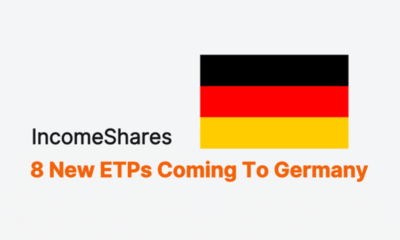
 Nyheter4 veckor sedan
Nyheter4 veckor sedan
 Nyheter4 veckor sedan
Nyheter4 veckor sedan
 Nyheter2 veckor sedan
Nyheter2 veckor sedan
 Nyheter2 veckor sedan
Nyheter2 veckor sedan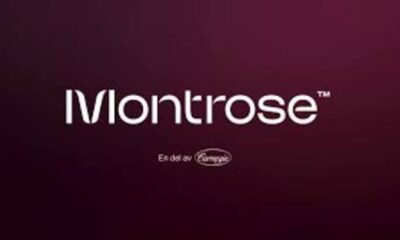
 Nyheter3 veckor sedan
Nyheter3 veckor sedan
 Nyheter2 veckor sedan
Nyheter2 veckor sedan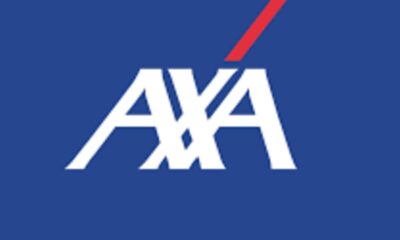
 Nyheter4 veckor sedan
Nyheter4 veckor sedan
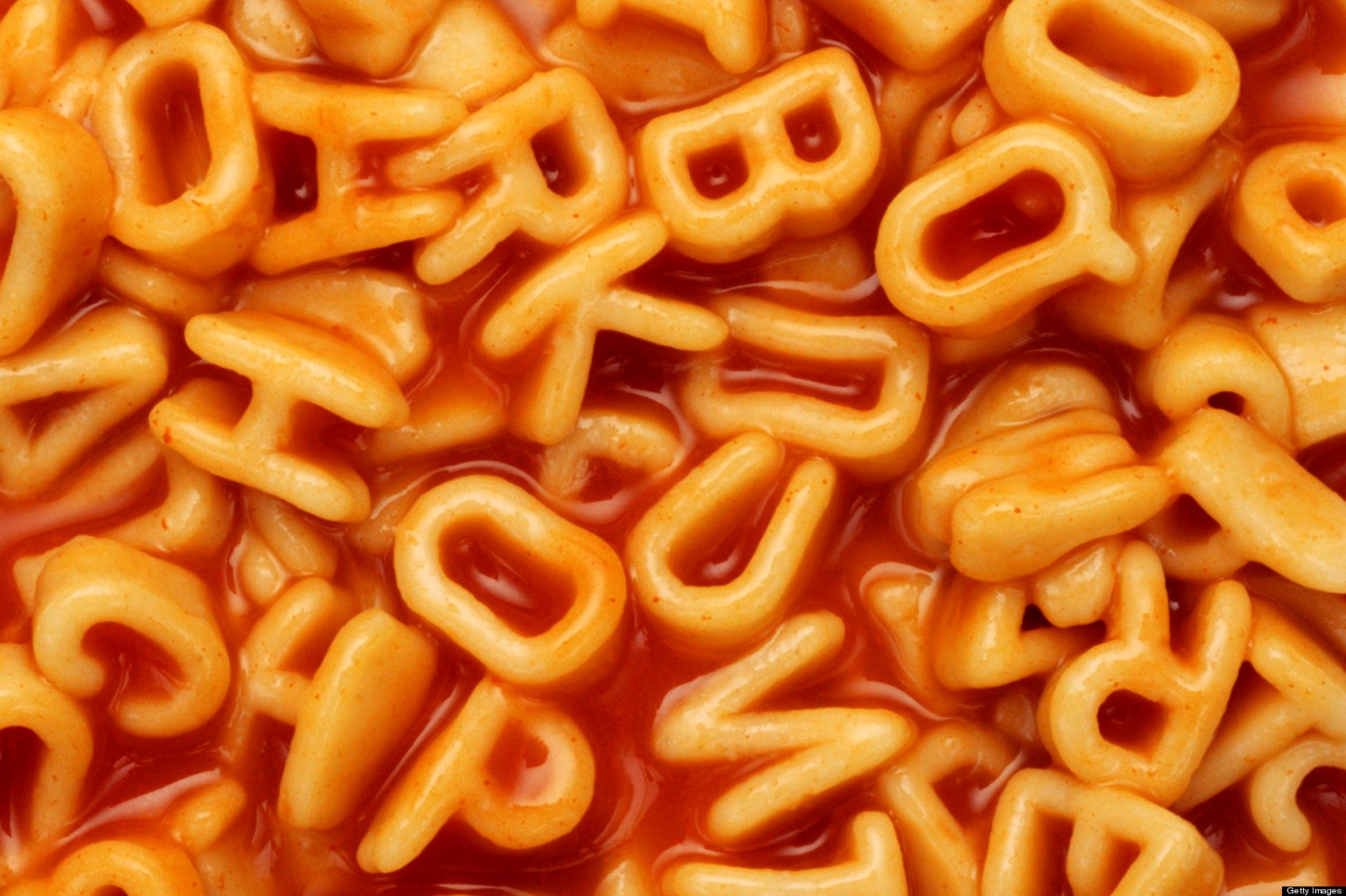

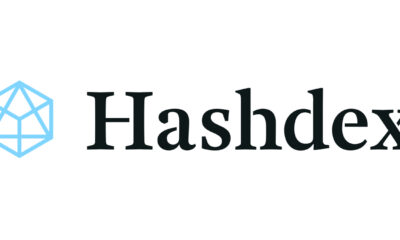

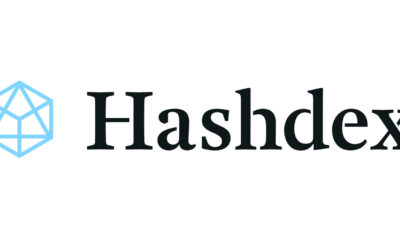









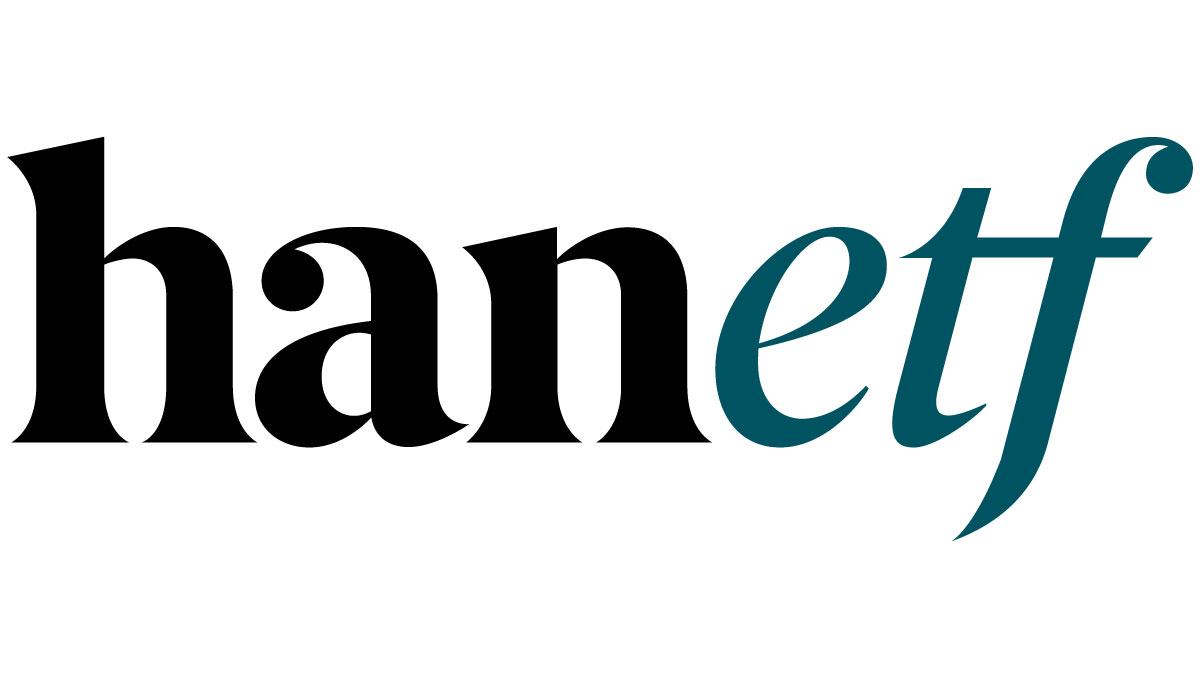

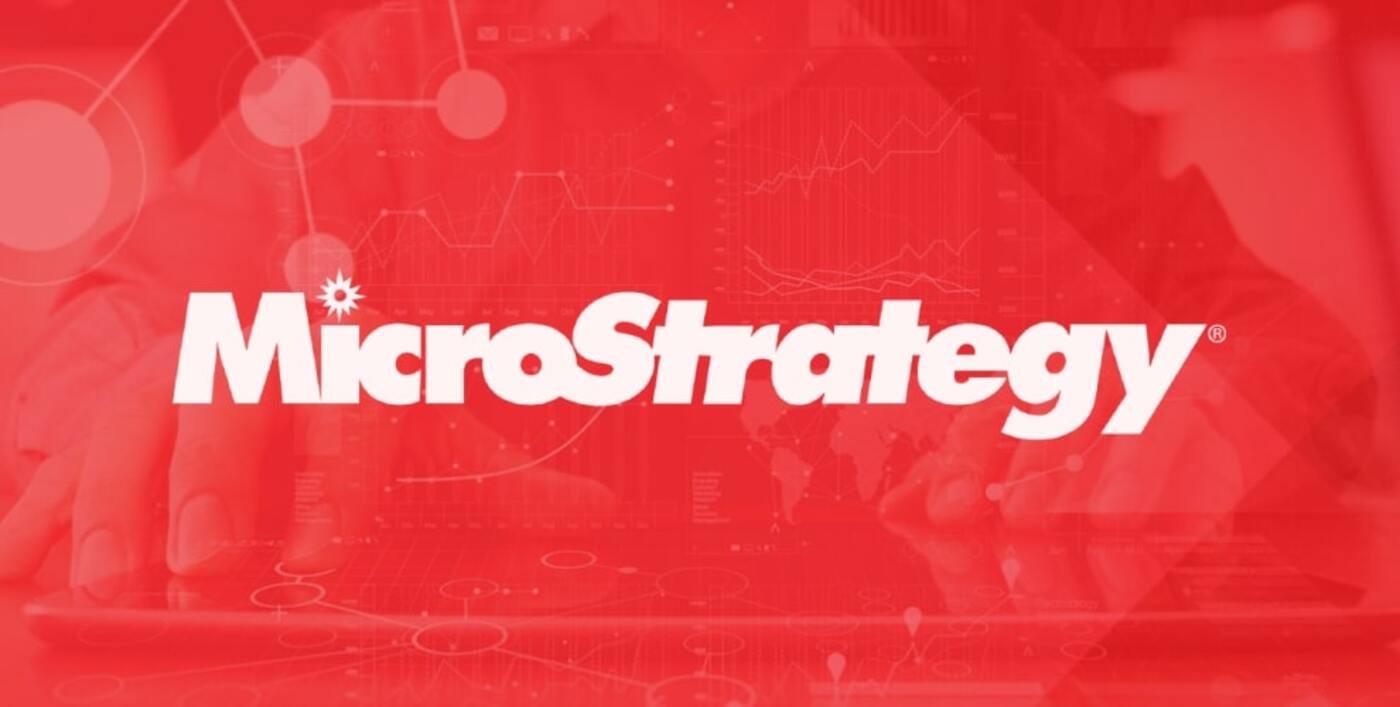
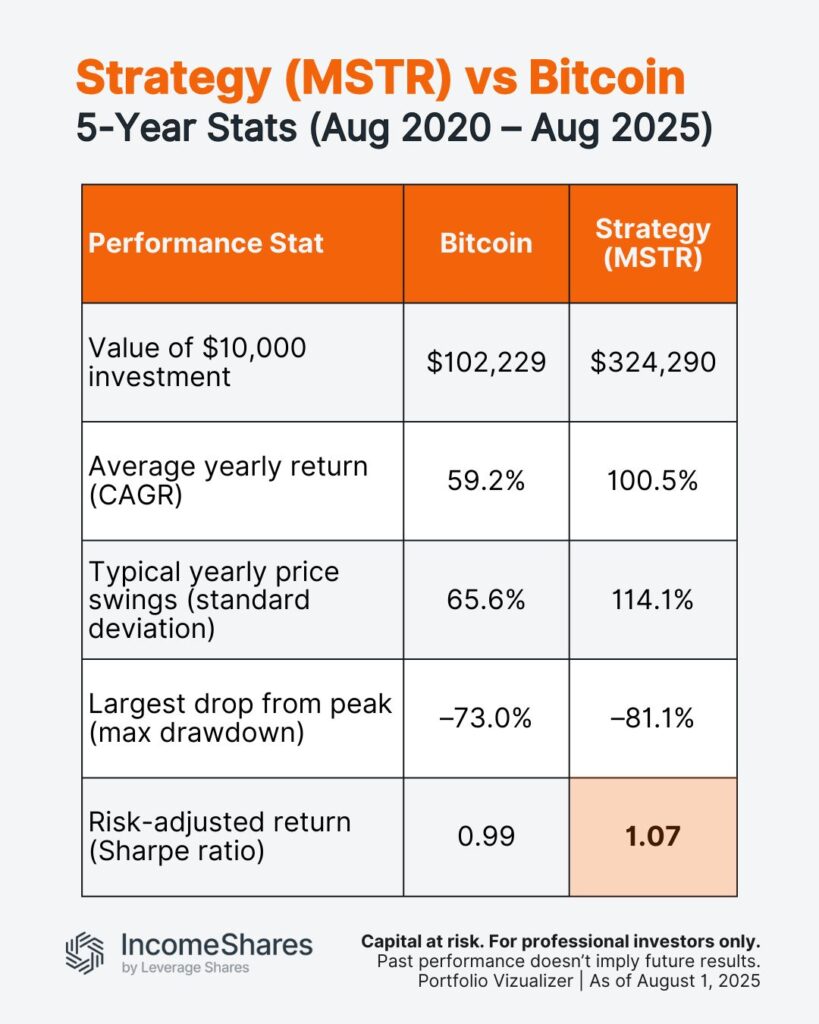






Pingback: BEACH, nästa kortnamn för en ETF? - ETF-marknaden
Pingback: Fond för solkraft skiner - ETF-marknaden
Pingback: Bitcoin ETF kommer att handlas under tickern COIN - ETF-marknaden
Pingback: Coinbase direktlistas den 14 april - ETF-marknaden
Pingback: FOMO debuterar på Chicagobörsen - ETF-marknaden